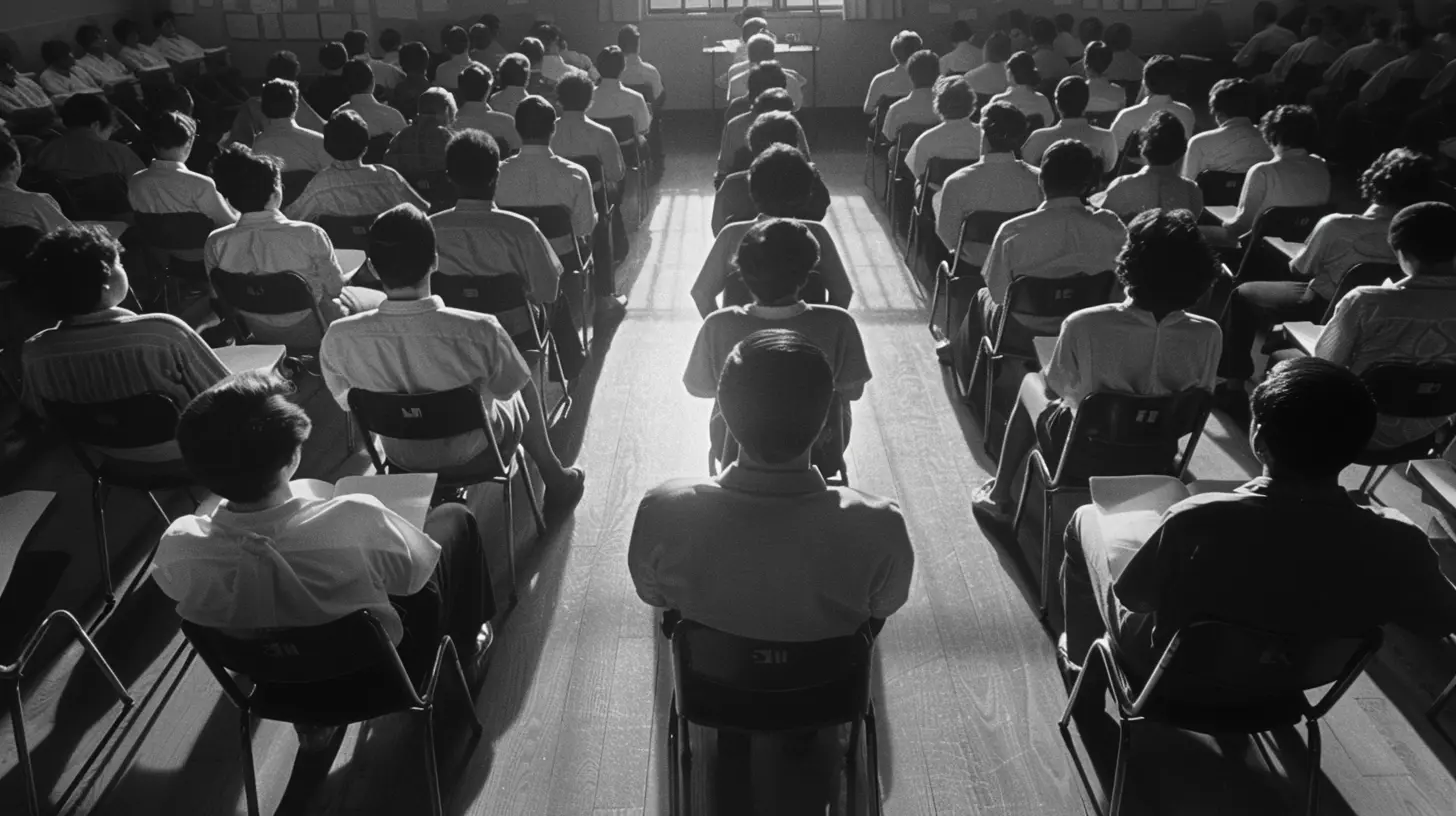3 May 2025
Taking a standardized test can feel like running a marathon—you need strategy, endurance, and a steady pace to cross the finish line successfully. But many students overlook one crucial factor: time management.
Pacing yourself correctly can mean the difference between completing the test with confidence or rushing through and making careless mistakes. In this article, we’ll dive deep into why pacing is essential, how to develop a solid time-management strategy, and practical tips to help you stay in control during the exam.

Why Pacing Yourself Matters
Imagine you’re running a race. If you sprint too fast at the beginning, you’ll burn out before the finish line. If you go too slow, you won’t reach your goal on time. The same principle applies to standardized tests.These exams are carefully designed to challenge not only your knowledge but also your ability to manage time efficiently. If you don’t pace yourself properly, you might get stuck on one difficult question and run out of time before answering everything.
Here’s why pacing is critical:
- Prevents running out of time – You ensure you have enough minutes left for each section.
- Reduces stress – A well-planned pace helps keep anxiety in check.
- Improves accuracy – When you're not rushing, you're less likely to make careless mistakes.
- Maximizes score potential – Answering more questions increases your chances of earning points.
The Common Pitfalls of Poor Pacing
Before diving into strategies, let's highlight some common pacing mistakes students make:1. Spending too much time on one question – You get stuck on a tough problem and lose track of time.
2. Rushing through easy questions – You miss points by making simple mistakes.
3. Not checking answers if time allows – You finish too early but don't take advantage of extra time for review.
4. Panicking and losing focus – Poor time management can lead to nervousness, which impacts performance.
Now that we understand why pacing is crucial, let’s explore how to master it.

How to Develop an Effective Pacing Strategy
1. Know the Test Format Inside Out
You wouldn’t walk into a marathon without training, would you? The same logic applies to standardized tests. Familiarity breeds confidence.- Research the number of questions and the time limit for each section.
- Review past exams or practice tests to gauge the question difficulty.
- Identify which sections take more time and adjust your pacing accordingly.
For example, if a test has 60 questions in 60 minutes, you roughly have one minute per question. Some questions may take longer, so knowing the breakdown helps balance your time.
2. Use the “1-Minute Rule”
For most tests, spending too much time on one question can be dangerous. Follow this simple rule:- If you can't solve a question in about a minute, mark it and move on.
- Return to it later if time remains.
This prevents you from getting stuck while ensuring you answer as many questions as possible.
3. Take Strategic Breaks (If Allowed)
Some standardized tests allow short breaks between sections. Use this time wisely:- Take deep breaths to reset your mind.
- Stretch your arms and legs to relieve tension.
- Sip water or snack on something light to maintain focus.
Think of these breaks as pit stops in a long-distance race—they help keep you going strong till the end.
4. Practice With a Timer
One of the best ways to improve pacing is by simulating test conditions. When taking practice tests:- Use a stopwatch or timer to track your speed.
- Stick to the official time limits.
- Record how long each section takes and adjust accordingly.
Practicing under timed conditions trains your brain to work efficiently under pressure.
5. Prioritize Easy Questions First
A great strategy is to answer the easiest questions first and save the harder ones for later.- Quickly scan the section and identify questions you can solve right away.
- Knock those out first to secure as many points as possible.
- Leave tougher, time-consuming problems for the end.
This ensures you don’t waste time struggling with questions that may not be worth it.
6. Use the Process of Elimination
When in doubt, narrow down your choices. Even if you're unsure of the correct answer, eliminating obviously incorrect options improves your guessing odds.- Read all answer choices carefully.
- Cross out answers that don’t make sense.
- If unsure, take an educated guess and move on.
This technique speeds up decision-making and prevents unnecessary delays.
7. Keep an Eye on the Clock
Regularly checking the time during the test helps keep you on track. However, don’t stare at the clock too much, as it can make you anxious.A good rule of thumb:
- Check the time after every 5-10 questions to ensure you’re staying on pace.
- If you’re falling behind, adjust your speed slightly.

What to Do If You’re Running Out of Time
Even with perfect pacing, test-day nerves or tough sections can slow you down. If you find yourself short on time:1. Focus on quick wins – If there are unanswered easy questions left, tackle them first.
2. Make an educated guess – If there’s no penalty for guessing, don’t leave any questions blank.
3. Stay calm and composed – Panicking wastes precious seconds. Take a deep breath and push through.

Conclusion
Pacing yourself during a standardized test is just as important as studying the material. Without a solid time-management strategy, even the smartest students can struggle.By knowing the test format, practicing under timed conditions, and keeping a steady rhythm, you can boost your confidence, stay in control, and maximize your score.
So, next time you're gearing up for a big exam, don't just prepare academically—train yourself to pace effectively. It might just be the key to acing the test!









Quinn McAllister
Pacing during standardized tests is crucial; it helps manage time effectively, reduces anxiety, and allows for careful consideration of each question, ultimately improving performance.
December 19, 2025 at 9:15 PM